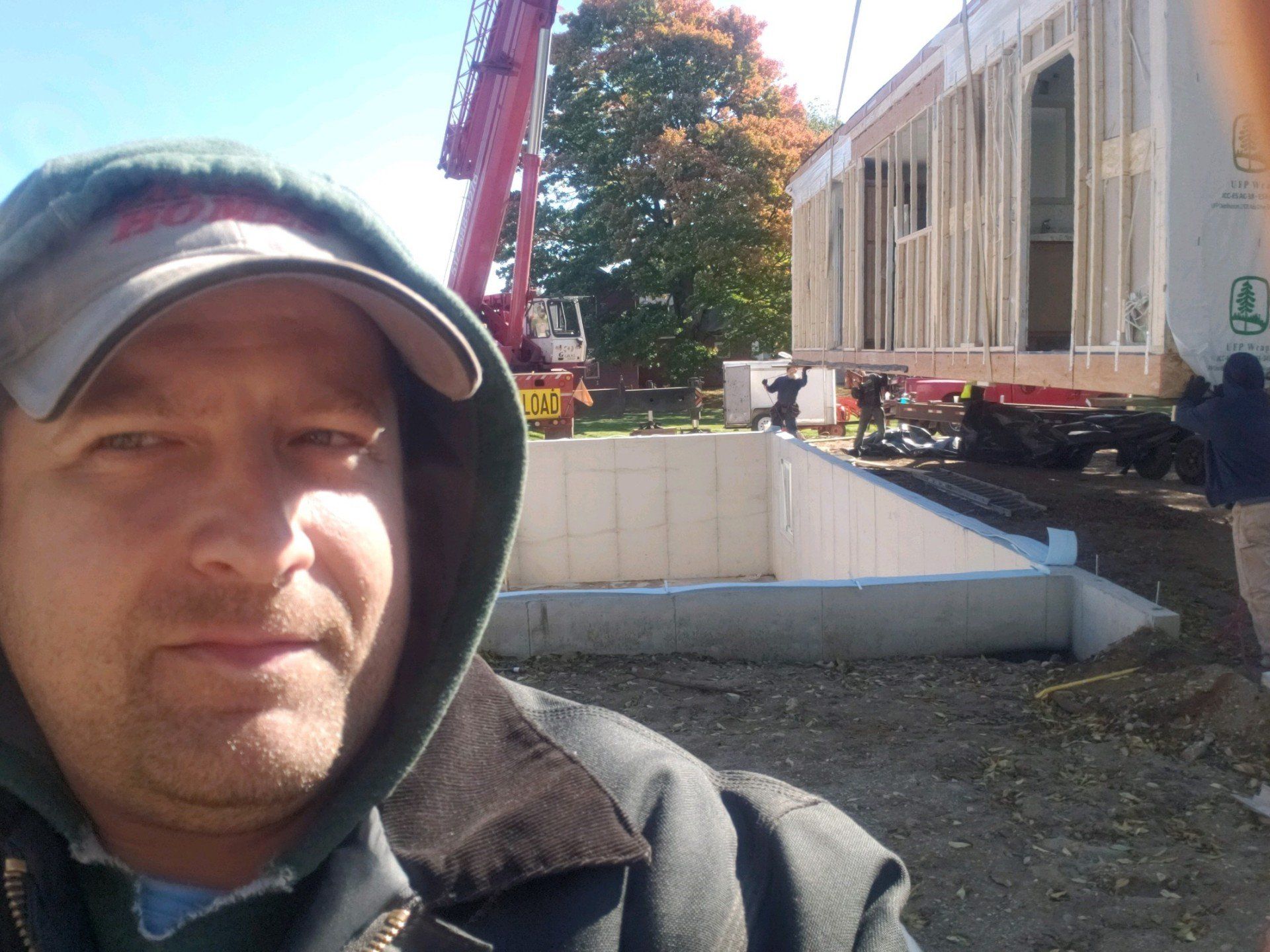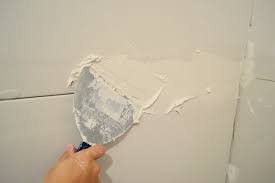By 7058345893
•
April 25, 2019
1. Automate Your Thermostat One of the easiest things you can do to instantly start saving money on your heating and cooling bills is to get an automated thermostat. These smart thermostats will learn when you are home and make sure the home is at a comfortable setting during those hours. 2. Check For Roof Damage Inspect your roof for missing or damaged shingles, and de-gunk your rain gutters and downspouts. Leaves, dirt, and other debris from clogs that prevent rainwater from draining away from your roof. When this happens, the trapped water can seep into your home and cause thousands of dollars’ worth of damage. The standing water also attracts mosquitoes and wood destroying carpenter ants. 3. Fireplace or Wood Stove Care Have your wood burning stove or fireplace inspected for damage and creosote buildup. There are three levels of creosote buildup. First-degree creosote is ashy and easily removed with a chimney brush. Second and third-degree creosote are extremely flammable and best removed by a professional chimney specialist. 4. "Childproof" Your Outlets Even If You Don't Have Kids Sticking a simple child proof plug into your electrical outlets could save you 5% on your energy bill this year. Who knew that doing something to protect your kids could also protect your bank account! Chances are, YOUR exterior electrical outlets are energy sucking leakers too! If you have an older home, the exterior walls may be poorly insulated. And when you have poorly insulated walls, the holes that your outlets are in can be areas where the outside cold/heat can enter your home. 5. Change ALL Your Air Filters Replace the air filter(s) in your HVAC (heating, ventilation and air conditioning) system, to keep it running more efficiently. Old filters have reduced air flow forcing your equipment to work harder. This causes parts like fans and blowers to wear faster, especially after a cold winter. A $10 filter can save you thousands on repair costs! 6. Clean Your Refrigerator Coils! You can eliminate more than 70 percent of service calls with this simple cleaning step. Skip this chore and you’ll be contributing to your appliance repair technician’s retirement fund. Not to mention handing over $5 to $10 a month extra to your utility company because the fridge isn’t running efficiently. Do it twice a year or more often if you have shedding pets. Their fur clogs up the coils fast. Condenser coils are located on the back of the fridge or across the bottom. These coils cool and condense the refrigerant. When the coils are clogged with dirt and dust, they can’t efficiently release heat. The result is your compressor works harder and longer than it was designed to, using more energy and shortening the life of your fridge. Clean the coils with a coil cleaning brush and vacuum. A coil cleaning brush does a thorough job and will easily pay for itself. The refrigerator coil brush is bendable to fit in tight areas. They can be used for cleaning your dehumidifier and air conditioner coils too. 7. Gutter Cleaning So Important Leaky & clogged gutters could cost you tens of thousands of dollars! Gutters are an integral piece of your home’s well-being. They serve to control the flow of rainwater to protect your roof, walls, foundation and landscape. But when neglected, experts say gutters can turn from a necessity to a nightmare. A gutter clogged with leaves, sticks and other debris can cause a leaky roof or water damage to the interior or exterior of your home. Contractors say gunked-up gutters also make nice homes for pests, rodents, mold and honeycombs from bee infestations. 8. Clean Out Your Dryer Lint Vent Corral those lint bunnies. Those deceptively harmless looking little fluffs love to snuggle down in your dryer vents and lint traps. Before you know it, they multiply like, well, rabbits. Dryer lint is extremely flammable if you let it build up in the vents. You can hire someone to do this for you, or you can do it yourself and buy a vacuum attachment made specifically for cleaning out dryer vents. Chances are this task has not been done in years. It's okay! You know what you have to do, and you'll feel better and safer once it's done. This will not only save you money, it will protect you, your family, and your valuables. 9. Maintain Your Sump Pump Most sump pumps are equipped with water level or flood alarms, usually battery powered, that alert you if the pump isn't working properly and water is backing up. More sophisticated systems can notify your alarm company or call your cell phone if the water starts to rise. Fortunately, this shouldn't happen often. Sump pumps on the whole are quite reliable. But as with any other important piece of equipment, regular maintenance is always a good idea. Spend a few minutes every couple of months, when heavy rains are forecast and in early spring to ensure reliable sump pump operation. Basic sump pump maintenance is usually as simple as doing these few jobs. Make sure the pump is plugged in to a working ground fault circuit interrupter (GFCI) outlet and the cord is in good shape. In damp areas, GFCI breakers may trip, effectively shutting off the sump pump. Check in on your sump pump periodically so you can reset the GFCI if necessary. Ensure the pump itself is standing upright. Vibrations during operation can cause it to fall or tilt onto one side. This can jam the float arm so it can't activate the pump. Periodically pour a bucket of water into the pit to make sure the pump starts automatically and the water drains quickly once the pump is on. If the pump doesn't start, have it serviced. Physically remove a submersible pump from the pit and clean the grate on the bottom. The sucking action of the pump can pull small stones into the grate, blocking the inlet or damaging the pump over time. Ensure the outlet pipes are tightly joined together and draining out at least 20 feet (6 meters) away from your foundation. Make sure the vent hole in the discharge pipe is clear. 10. Water Heater Flushing - So Hot Right Now Regularly flushing out your water heater is an important task. Getting rid of the gunk and mineral deposits that accumulate will help your hot water heater run more efficiently as well as prolong its life, saving you money in the long run. Depending on your model, aim to flush your water heater every one to three years. Really, the job is so easy, it wouldn’t be a bother to do it at least once a year. Call a professional to get advice specific to your situation.







